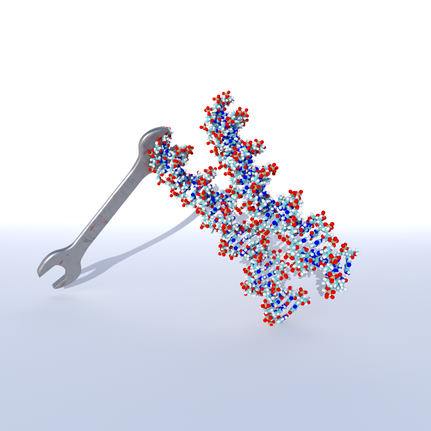The ancestors of modern life used nucleic acids to do nearly everything necessary for survival and procreation. Catalysis, information storage, and interaction with the surrounding chemical environment were all performed with a versatile array of nucleic acids.
These thread like polymers of nucleotides have a sequence which uniquely determines their structure and function. Recently, researchers began to exploit the customizability of nucleotide polymers to make nanoscopic machines which fold themselves into the right shape to perform tasks we might desire, including detecting key peptides in a clinical setting, or for superresolution microscopy, or to interface with living cells and control their protein production.
My work involves using DNA as a building block for creating systems which mimic living cells, a field known as bottom up synthetic biology. By combining artificial spherical membranes called liposomes with chemically altered DNA, I create synthetic cells which can interface with their environment. One purpose of the creation of these synthetic cells is for use in a diagnostic clinical context, as we can build systems which respond with a visible output to a threshold level of a certain protein of interest. However, another purpose is to unravel something of the evolutionary design principles of cells themselves. Ultimately we envision creating ensembles of these synthetic cells, which can communicate with each other, creating pseudo multicellular systems. These may have roles as smart materials, where the presence of a chemical induces a structural change.
Much of the design of my synthetic DNA systems is done with the help of computational design and simulation: DNA nanostructure function is contingent on base sequence so computational tools for choosing sequences and analysing the behaviour of nanostructures accelerate the design process. Ultimately our goal is to develop a DNA nanotechnology platform for bottom up synthetic biology, allowing transduction of information across the bilayer of the liposome. This will be key for the development of artificial cells, modular DNA computing, and the creation of environment responsive nanoreactors.

